What’s the Scoop on Poop?
“My dog has diarrhea, loose or soft stools, mucous or blood in feces. What can be the cause?” Well these are discussions we have daily when we pick up the telephone. Checking your dog’s stool might be yucky, but noting any changes and reporting them to your veterinarian is an important part of keeping tabs on his overall well-being. When your dog is healthy, his poop shows it. It can be large, firm and range in shades of brown. A sudden change tells you that something is wrong.
Cleaning up after our dogs is a daily task for most of us, but we tend to not look too closely at what we’re scooping up. We know that examining your dog’s poop is the last thing you want to do, but be aware that the appearance of his feces can tell you some important things about his health. Changes in your dog’s stool can signal the beginnings of a health problem, and informing your veterinarian can give him or her some inside information about what is going on in your furry friend’s body. Let’s look at some common problems that can show up in your dog’s excrement.
Diarrhea
Soft stool or diarrhea is often your first obvious indication that something is amiss with your dog. It doesn’t tell you specifically what is wrong, just that something’s going on. The mildest indication is a stool that looks normal but is a little softer than usual when you pick it up. The other extreme is watery diarrhea, often with a lot of gas. If you can’t clean up after your dog except with paper towels, something is really irritating the intestinal tract.
Depending on how sensitive your dog is, a bout of diarrhea could just mean he got into the trash. If he is otherwise behaving normally without other symptoms, we generally recommend feeding small amounts of cooked white rice and boiled chicken breast for a couple of days to see if he improves. If not, it’s time to set up an appointment to have him checked at the vet’s office. If at any time, abnormal stools is accompanied by a fever (temperature over 102.5°F) or lethargy, your dog needs to see a veterinarian as soon as possible.
Constipation
If you see your dog straining to have a bowel movement, he is either experiencing diarrhea or constipation. In most cases, constipation arises from a lack of moisture and/or fiber in the diet. Avoid commercial dry pet foods, and make sure your dog is eating a high-quality pet food with fresh whole food ingredients, including fruit and vegetables. It’s also important that your dog has access to fresh water at all times.
If your dog is mischievous or tends to chew up items around the home, constipation could be due to a foreign object blockage. Other serious causes could be a mass in the digestive tract, an injury in the pelvic area, or a reaction to medications. If constipation does not clear up in a few days, even with the addition of moisture or fiber, take your dog to the vet.
Blood and/or Mucus
Mucus is an indication of inflammation or irritation in the intestinal tract, but isn’t as critical as blood. If you see blood in your dog’s stool, it also indicates inflammation in the intestines. If the inflammation is at the end of the digestive tract, the blood will be bright red. Black tar-like stools may indicate blood that has been digested.
Giving your dog aspirin or painkillers can cause intestinal bleeding or even ulcers. If you have just started one of these medications and your dog loses his appetite within a week or so, it may also be a sign of a developing ulcer. Stop the medication immediately, especially if there is blood in the stool, and contact your vet. If you don’t, the ulcer may penetrate the intestine, causing damage, and necessitating emergency surgery.
Other causes of blood in the stool can include colitis, IBD (Inflammatory Bowel Disease), intestinal parasites, as well as other serious conditions.
Some dogs experience mucus surrounding their stools, although the stool itself looks healthy. There is still something going on and the problem will often go away if you add a prebiotic and a probiotic to his diet.
Intestinal Parasites
Most times, we won’t see actual worms in the stool. Most parasites stay in the body and shed eggs into the feces. This means your veterinarian will need to perform a microscopic fecal analysis. The younger the dog, the more likely they are to have worms. Contact your veterinarian if you experience any of the following:
- The most common worm you’ll see in the stool itself is actually just part of a worm – the tapeworm segment. It resembles rice and when fresh it is flat and white, with a blunt front end that will crawl around a little. After it has been exposed to the air for a while, it will dry up and look a little bit like brown rice. Do not expect tapeworms to look like those ugly pictures you might have seen online. While that worm is still inside your dog; it sheds in the stool in tiny segments.
- Puppies also commonly have roundworms, which look sort of like white spaghetti noodles. These are commonly seen in the stool. If there is severe inflammation, bloody fluid will accompany them.
- In the case of hookworms or whipworms, you won’t see the worms in the stool. Whipworms will often cause intermittent diarrhea. Your dog might have diarrhea for a day, go back to normal for weeks, have another day of diarrhea, then go back to normal again, etc. If this keeps happening, and there is no other obvious reason for it, take a sample of the diarrhea to the vet.
- Coccidia and giardia can cause enough irritation to lead to soft stool or diarrhea, often accompanied by some clear mucus and sometimes a little blood. Take the poop to the vet to find out specifically which parasite is causing the problem.
When it comes to poop, there are many characteristics to look at. They include:
- Stool form
- Odor
- Fecal density
- Stickiness
- Food digestibility
- Nutrient absorption
- Stool bacterial levels
- Composition
- Presence of blood
- Presence of parasites
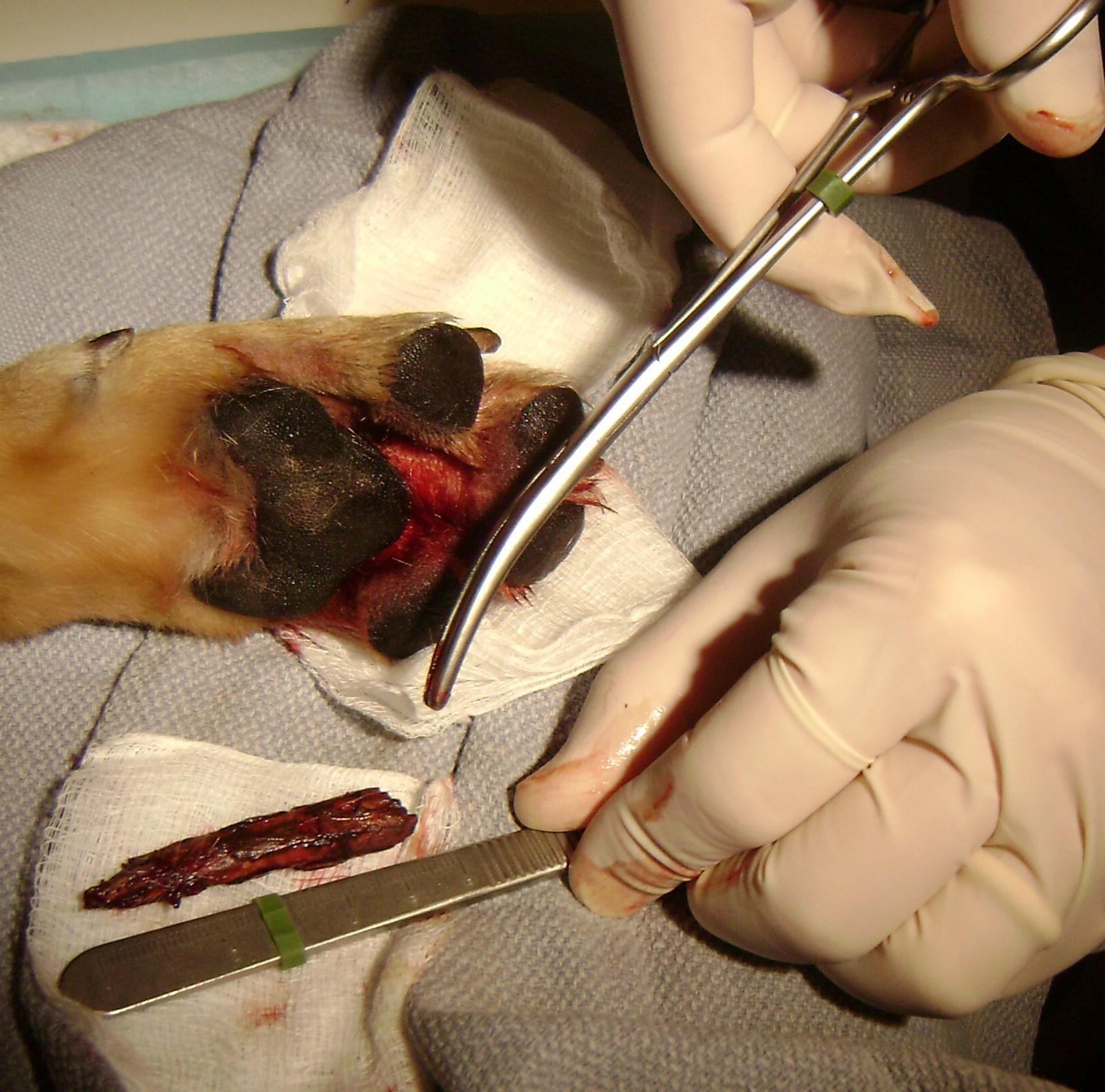

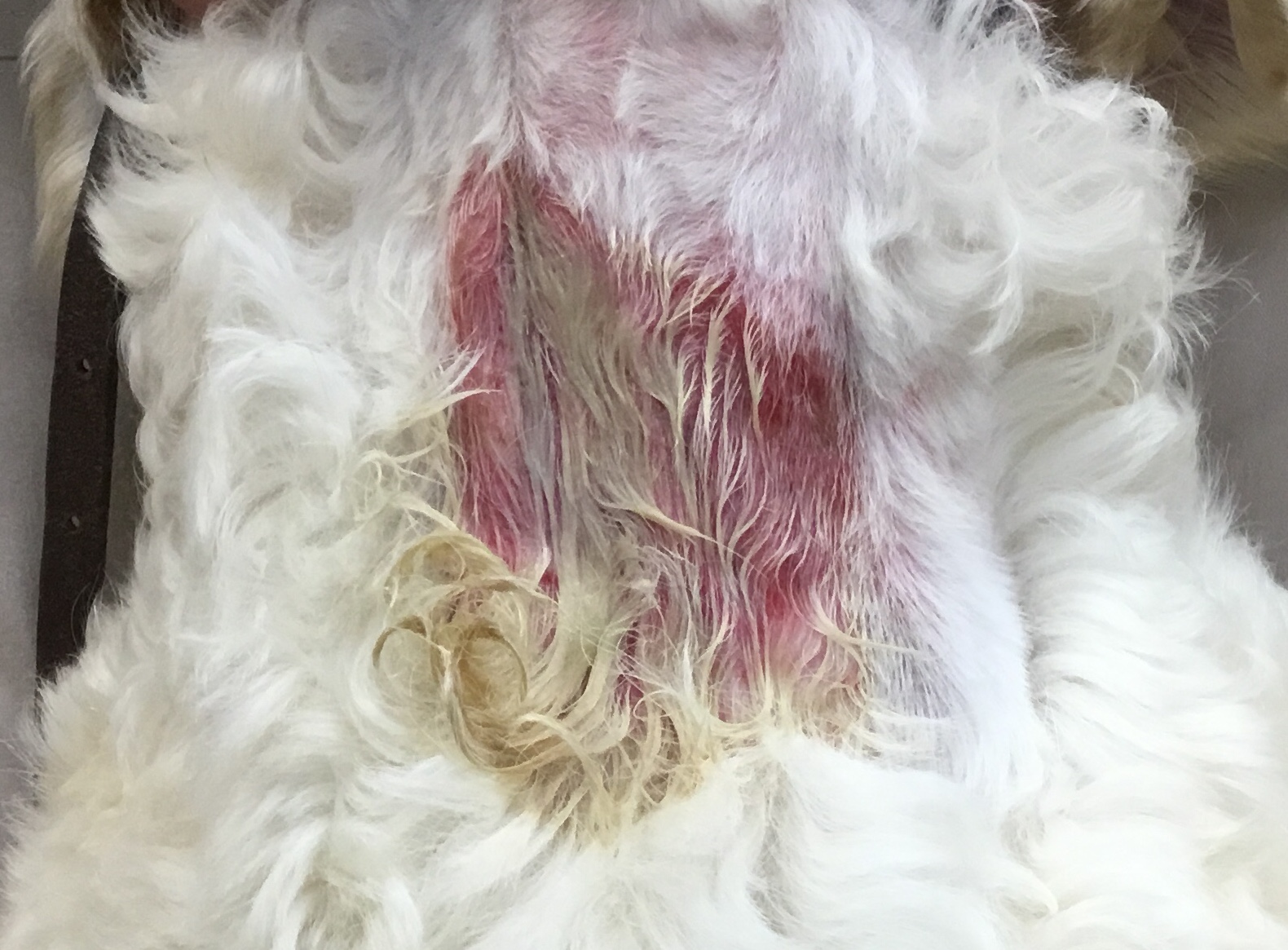
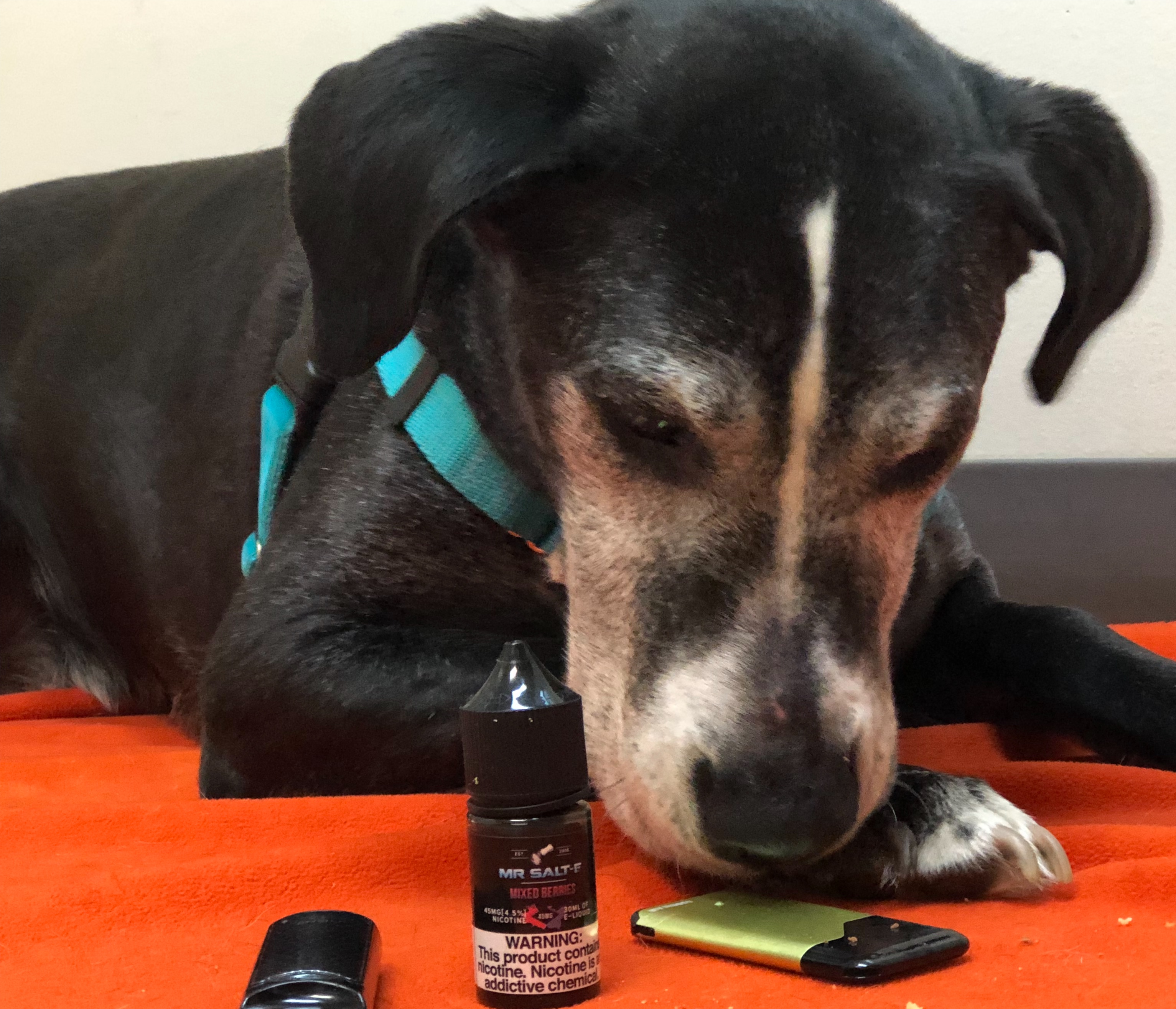
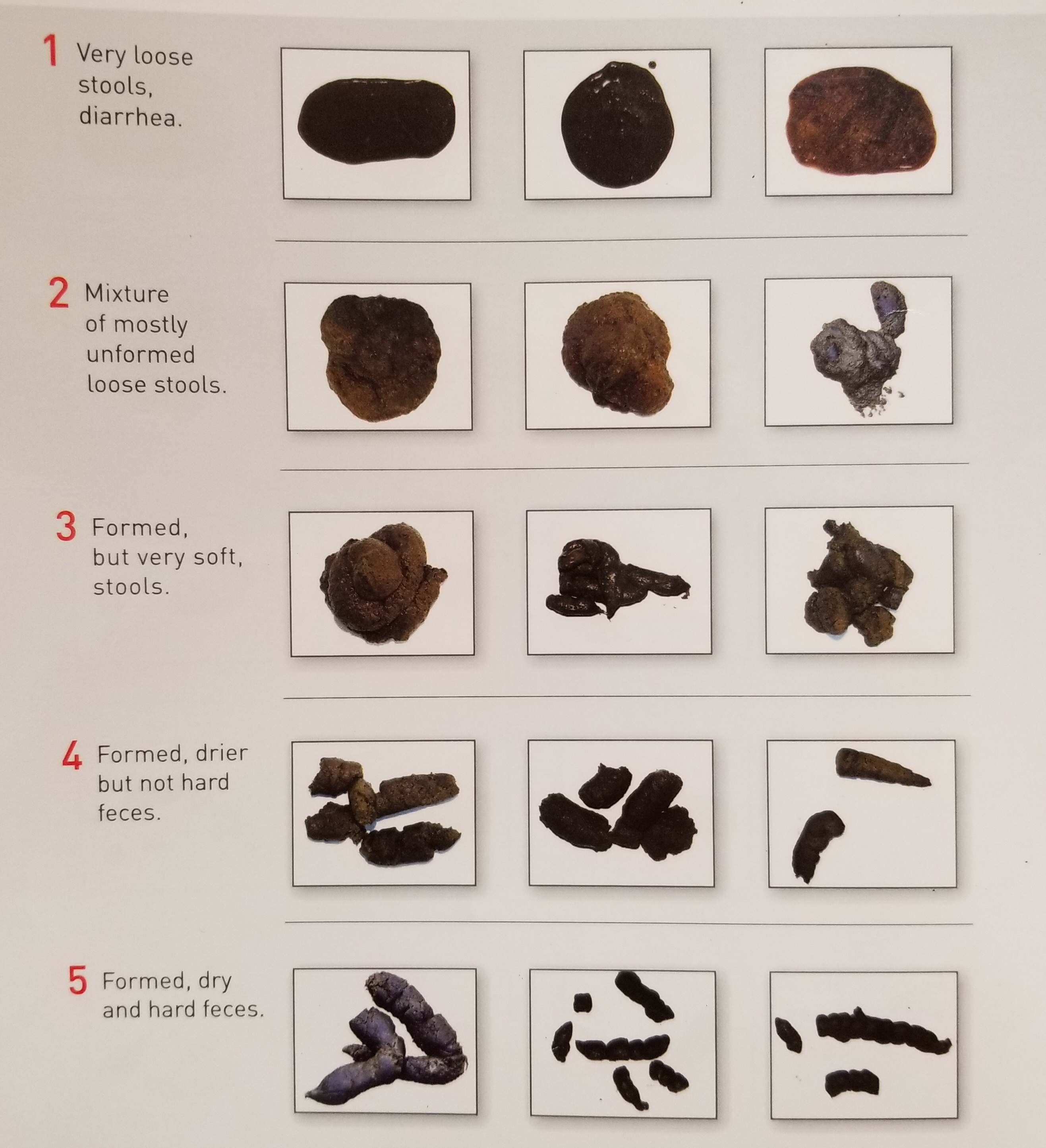
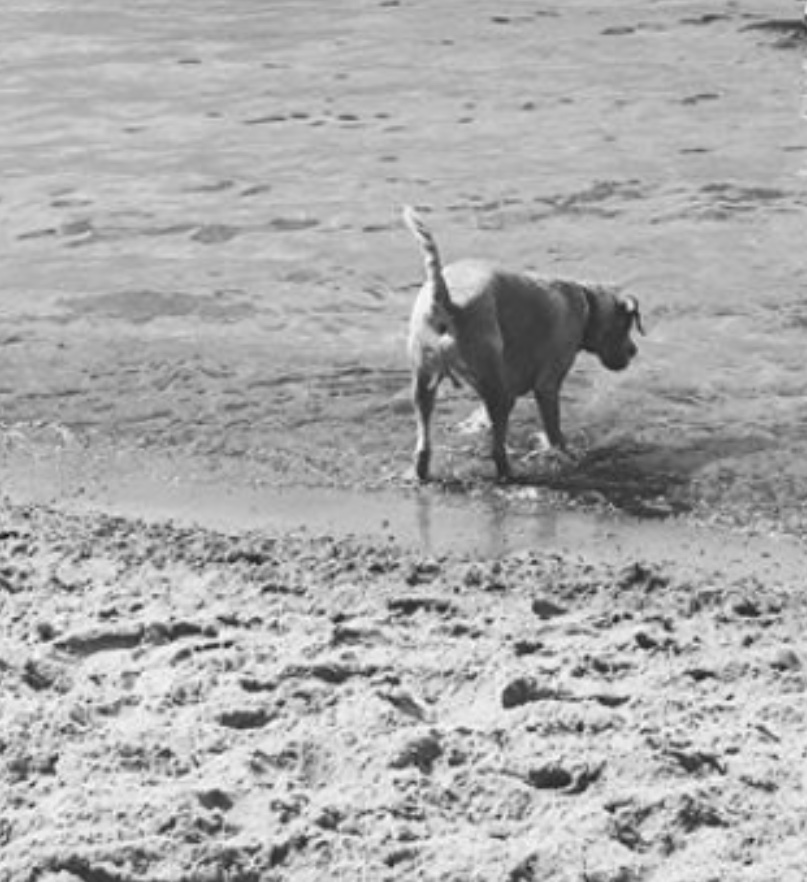
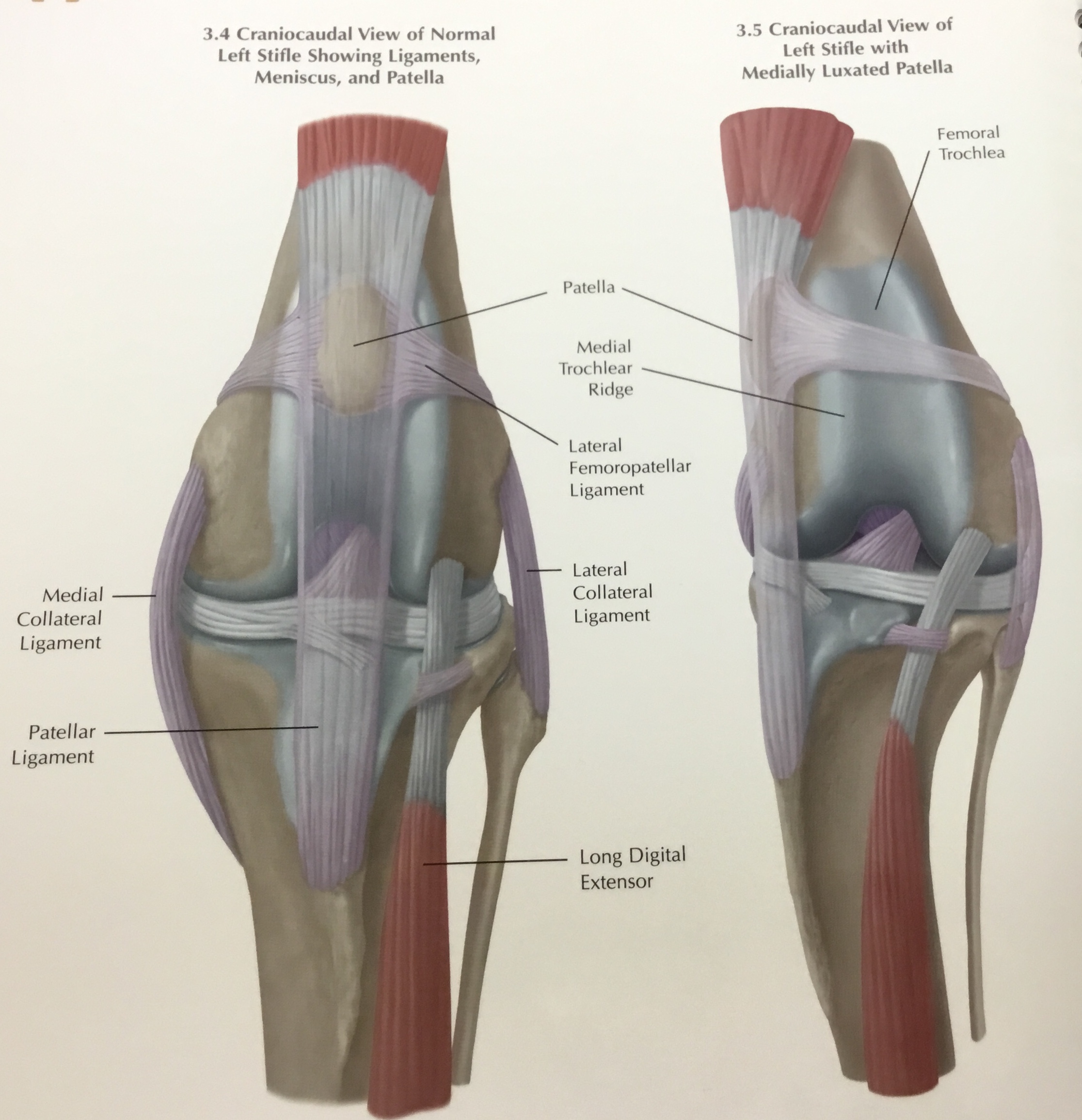
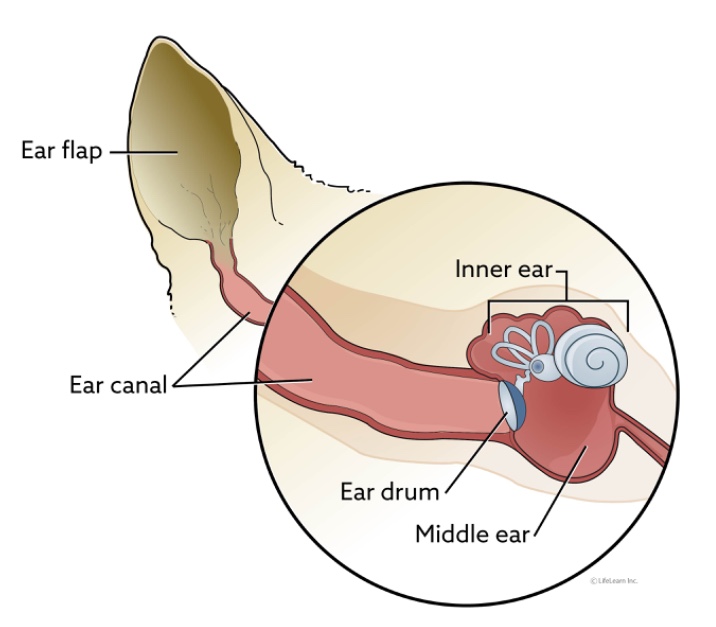
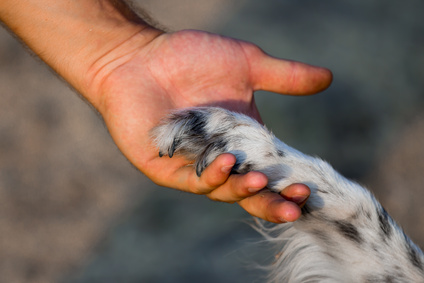

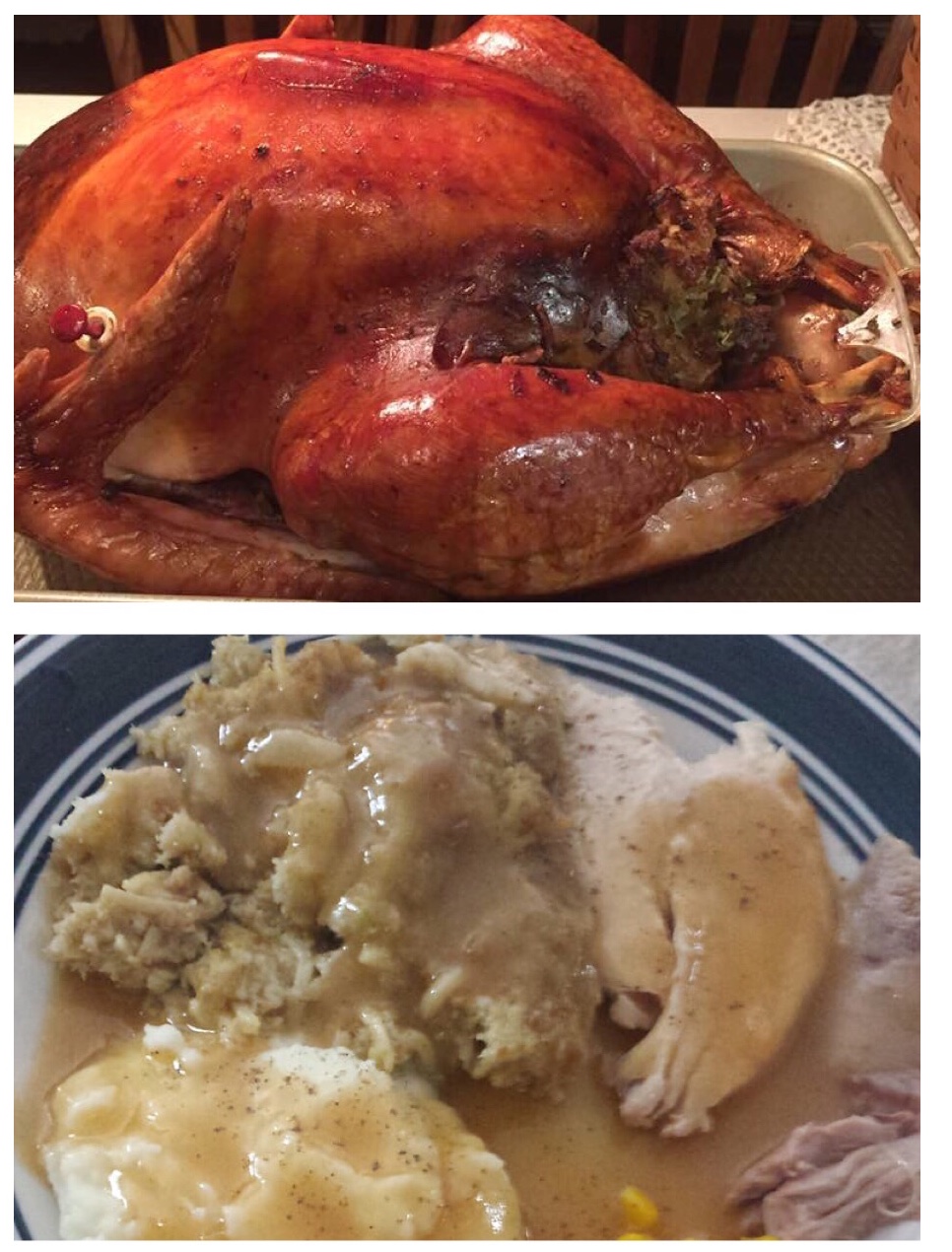




Recent Comments